👁️ Eye Health Navigator GPT 👓 - Eye Health Information & Support
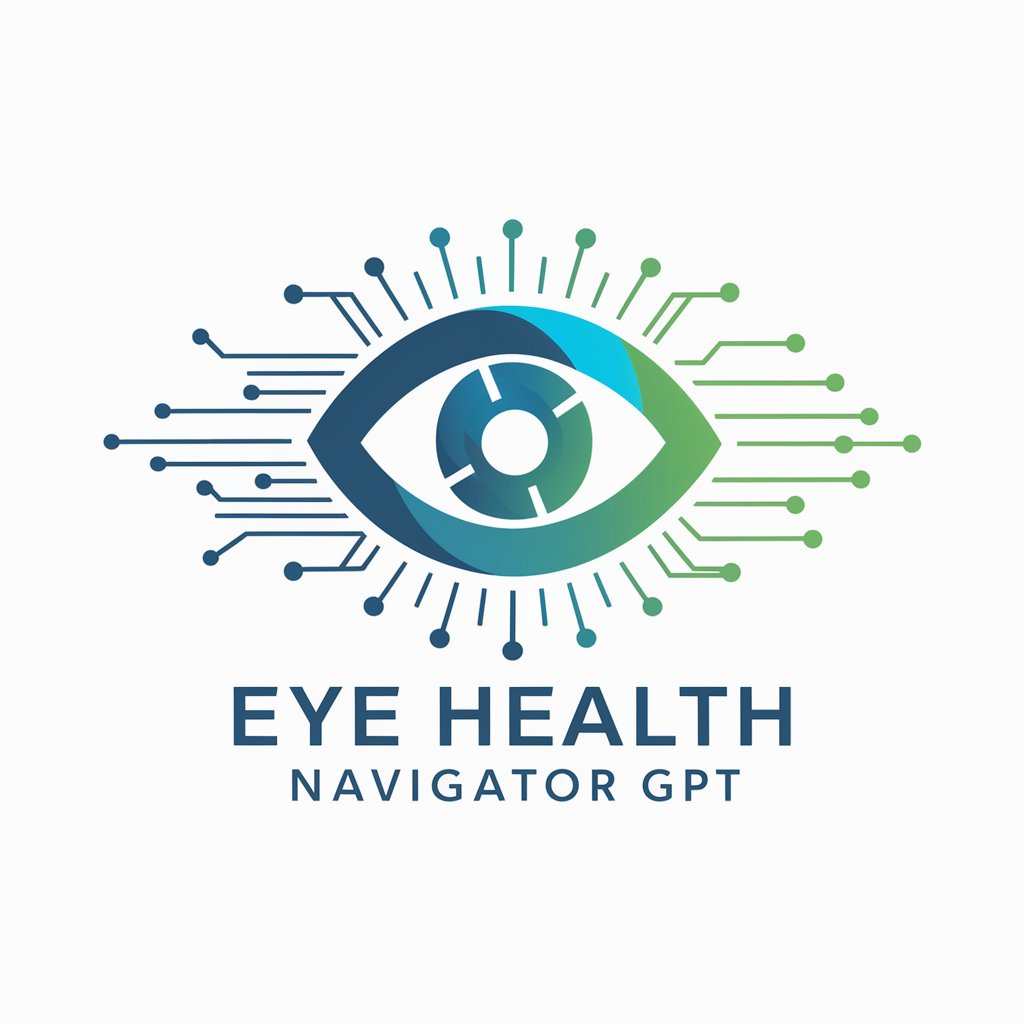
Welcome to Eye Health Navigator GPT, your AI assistant for eye health.
Empowering Your Vision with AI
How can I improve my eye health?
What are the latest advancements in ophthalmology?
Can you explain this eye condition to me?
What are the best practices for maintaining good vision?
Get Embed Code
Introduction to Eye Health Navigator GPT
The Eye Health Navigator GPT is an AI assistant designed to provide comprehensive information and guidance on ophthalmology and eye health. It is built to assist users in understanding various eye health concerns, explaining medical terms in layman's language, and offering general advice on eye care maintenance. Through detailed examples and scenarios, it helps demystify complex eye conditions, providing a bridge between specialized medical knowledge and the general public. Its design integrates advanced AI capabilities, including web browsing for the latest research and news in ophthalmology, a code interpreter for relevant tasks, and DALL-E image generation for educational visuals. The purpose of this GPT is to enhance users' understanding of eye health, guiding them through the intricacies of eye care, and encouraging informed discussions with healthcare professionals. Powered by ChatGPT-4o。

Main Functions of Eye Health Navigator GPT
Information and Guidance on Eye Health
Example
Explaining the symptoms and preventive measures of common eye diseases like glaucoma or age-related macular degeneration.
Scenario
A user suspects they might have symptoms of dry eye syndrome and seeks information on possible causes, symptoms, and home care tips.
Medical Term Simplification
Example
Demystifying terms such as 'astigmatism' or 'diplopia' for better understanding.
Scenario
A student researching for an assignment on eye diseases needs to understand complex medical terms related to eye conditions in simpler language.
Latest Research and News in Ophthalmology
Example
Providing updates on the latest treatments for cataracts or advancements in LASIK technology.
Scenario
An optometry student looking for the latest research papers and news articles on the advancements in treating diabetic retinopathy.
DALL-E Image Generation for Educational Purposes
Example
Creating images to visually explain the anatomy of the eye or show how certain eye diseases affect vision.
Scenario
A teacher preparing a presentation on the structure of the human eye for a middle school science class needs accurate, easy-to-understand visual aids.
Ideal Users of Eye Health Navigator GPT Services
General Public
Individuals seeking to gain a basic understanding of eye health, symptoms of common eye conditions, and ways to maintain good eye health. This includes people experiencing eye-related symptoms, wanting to learn more about potential conditions before consulting a healthcare provider.
Students and Educators
Students of all levels studying topics related to biology, medicine, or specifically ophthalmology, and educators preparing lessons on the human body, eye health, or disease prevention. The tool's ability to simplify complex terms and generate educational visuals makes it a valuable resource for learning and teaching.
Healthcare Professionals
Optometrists, ophthalmologists, and other healthcare providers looking for a tool to assist in patient education, stay updated on the latest research in their field, or find simplified explanations and visuals to support their practice.

Using Eye Health Navigator GPT: A Step-by-Step Guide
1
Start by visiting a platform that offers a trial without the need for login or subscription to ChatGPT Plus.
2
Identify your eye health query or concern. This could range from understanding symptoms, seeking advice on eye care, to exploring the latest in ophthalmology research.
3
Type your question into the chat interface clearly and specifically to ensure the most accurate and helpful response.
4
Review the provided information and follow any suggested next steps or considerations for your situation.
5
For more detailed inquiries or follow-up questions, continue the conversation, providing as much context as you can to receive tailored advice.
Try other advanced and practical GPTs
🤰👩⚕️ OB-GYN Virtual Consultant
Empowering women's health with AI
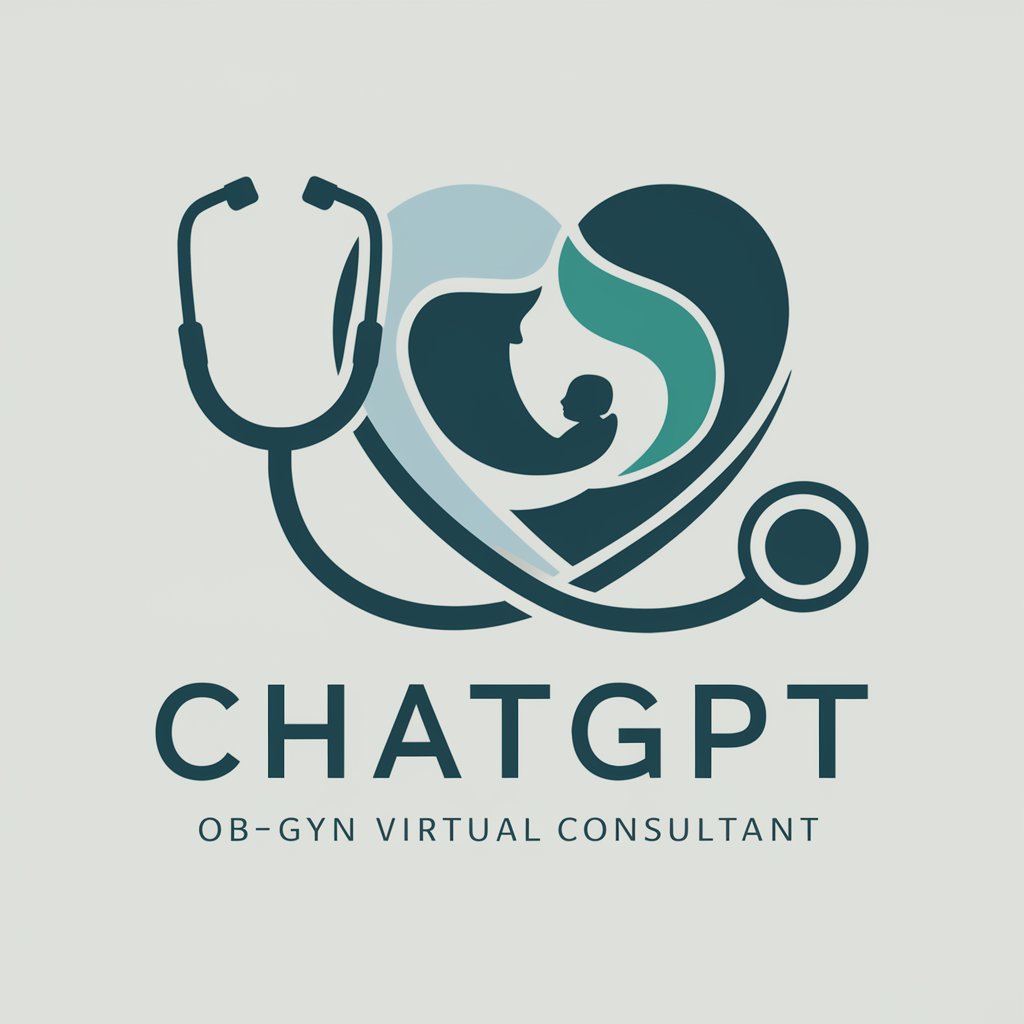
👶 Little Ones' Health Helper 🩺
Empowering Childcare with AI
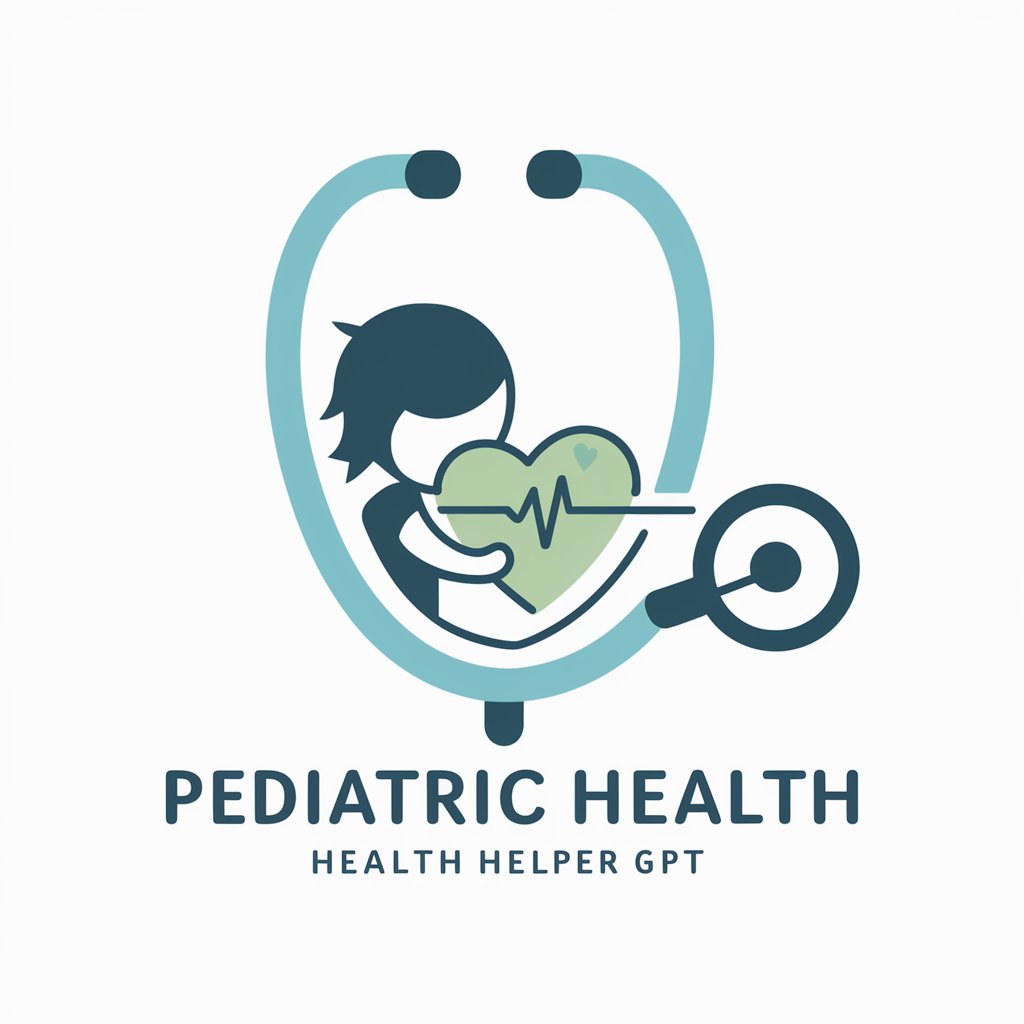
🩺 Arthritis Ally Expert 🤖
Empowering Your Arthritis Journey with AI
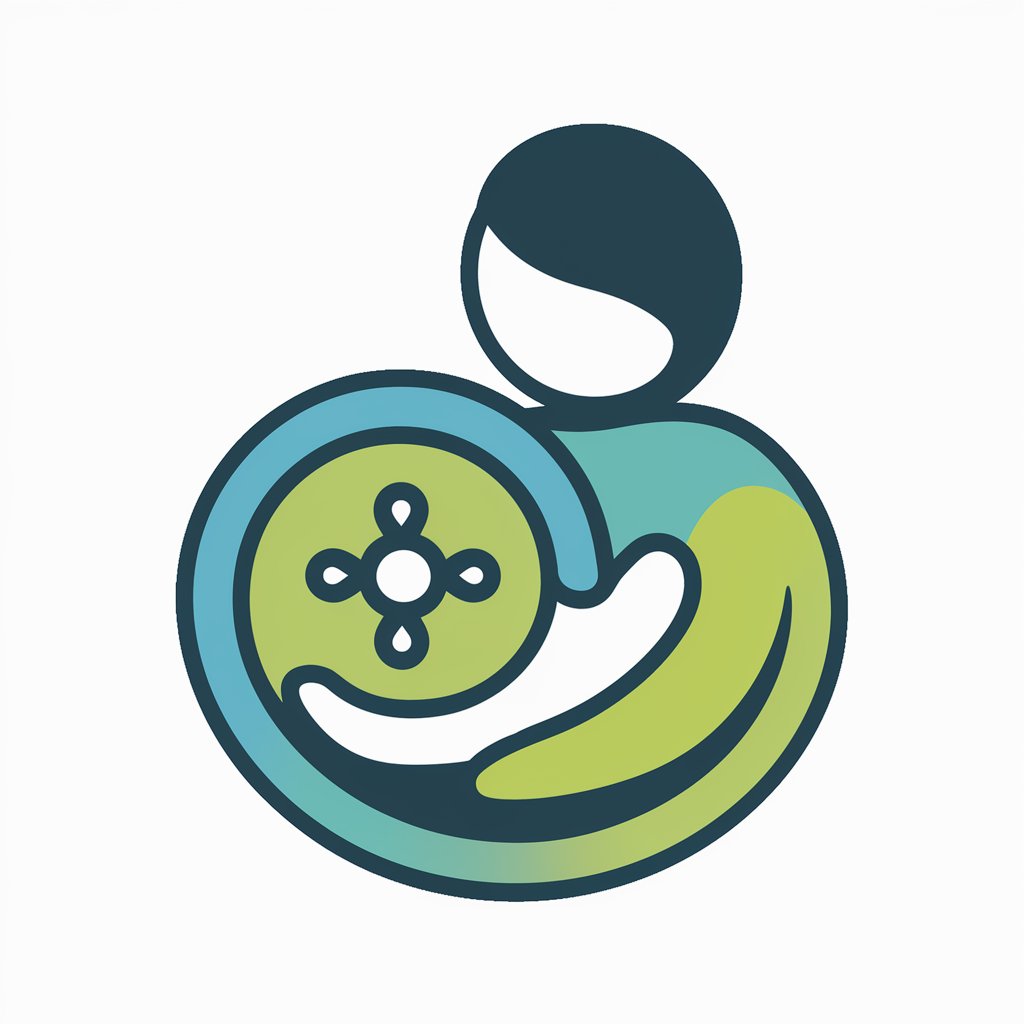
🌬️ BreatheEasy Pulmonology Pro 🩺
Empowering Lung Health with AI
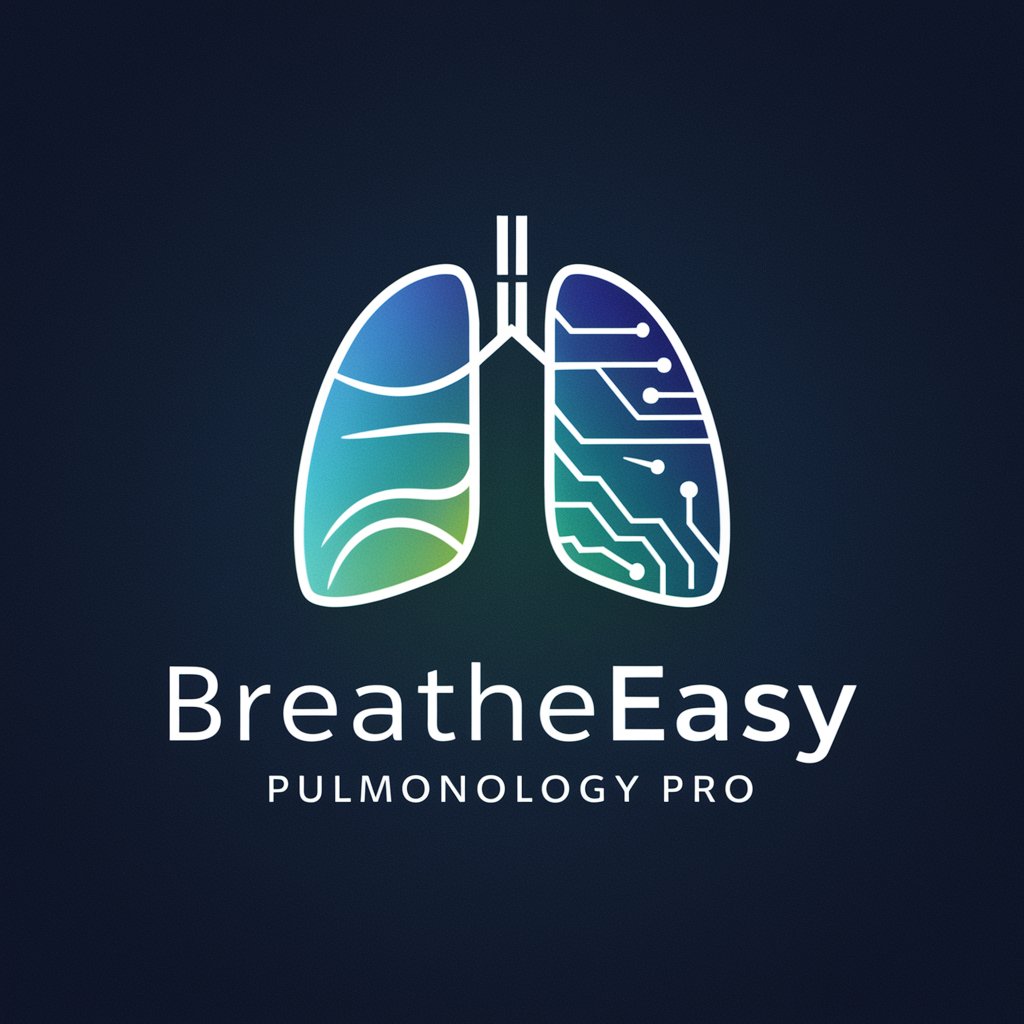
👨⚕️ Oncology Expert Assistant 💡
Empowering Oncology Understanding with AI

📝✨Content Strategy Star✨📊
Elevate Your Content with AI Power
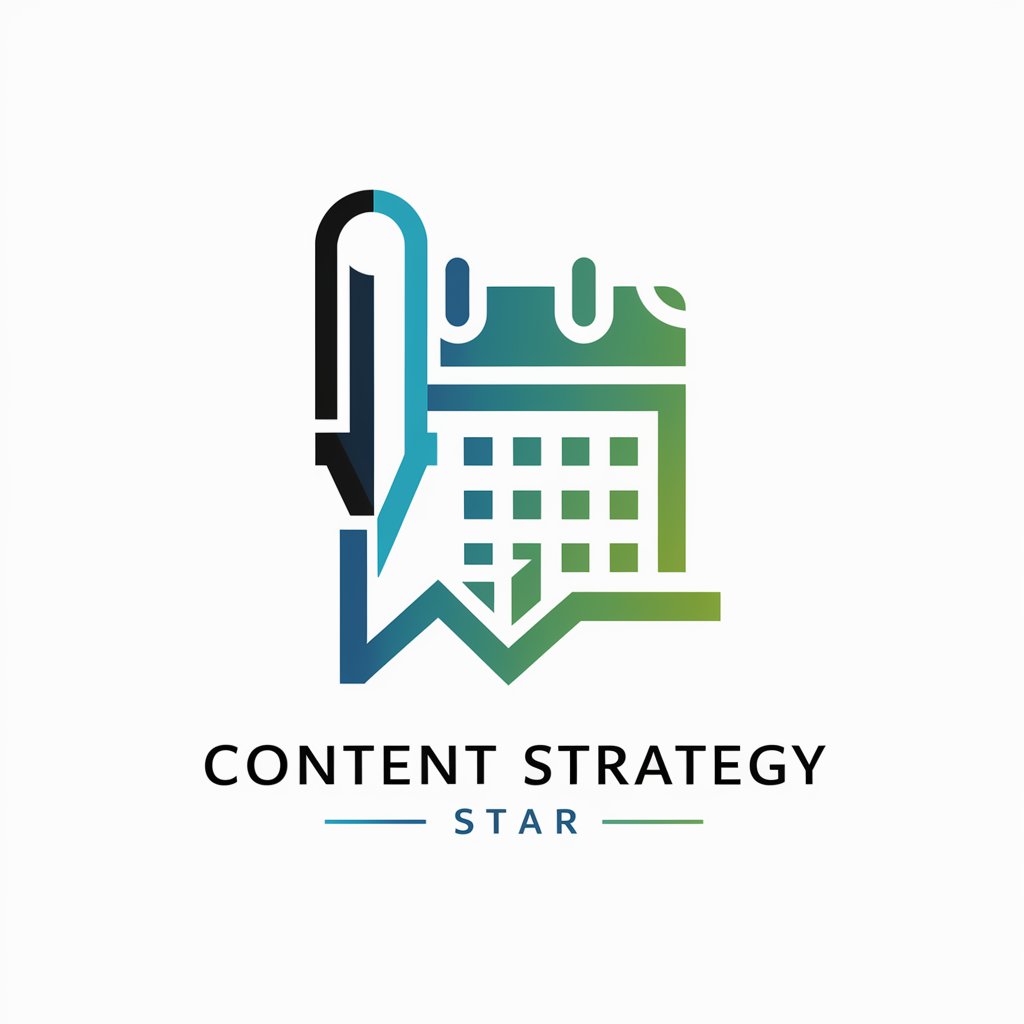
🩺 ENT Clinic Assistant 🩺
Empowering ENT knowledge with AI
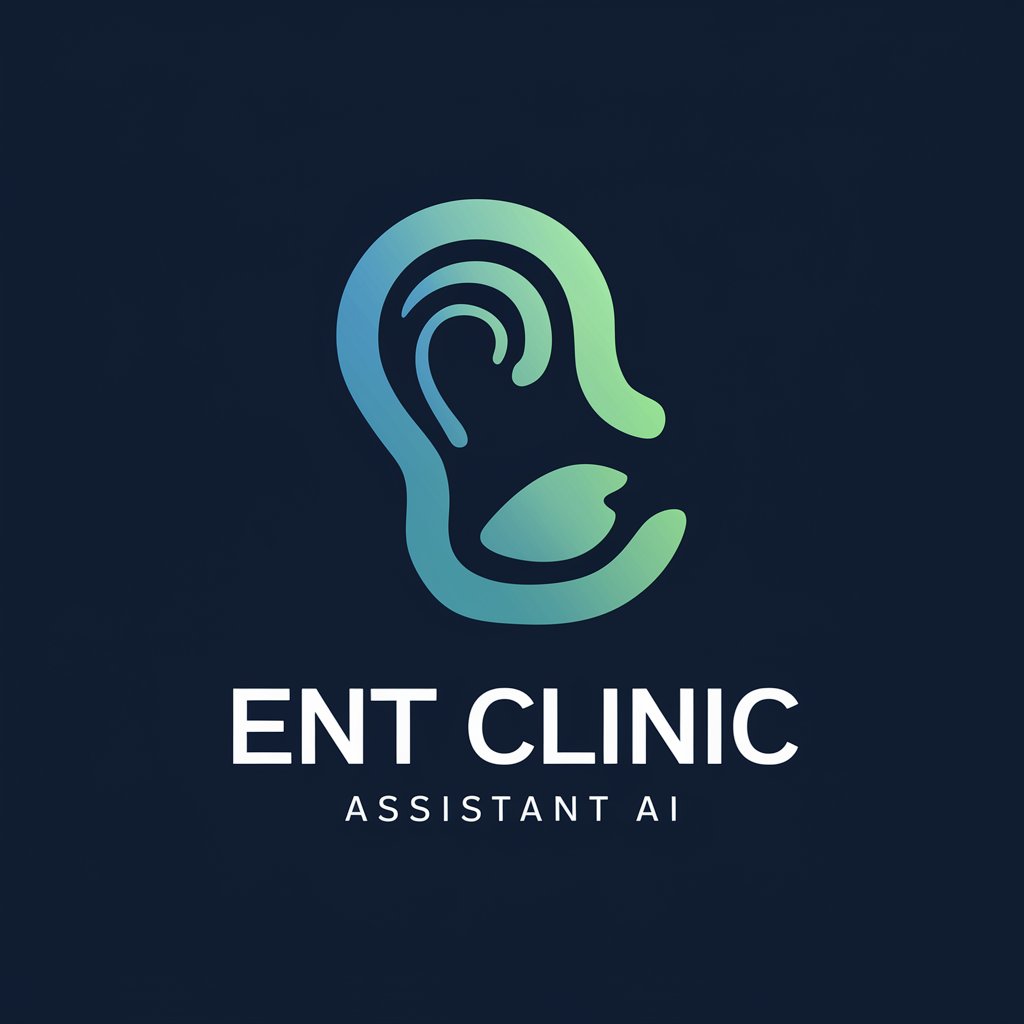
🧠 MindMender AI Psychiatry 🛋️
Empowering mental wellness with AI
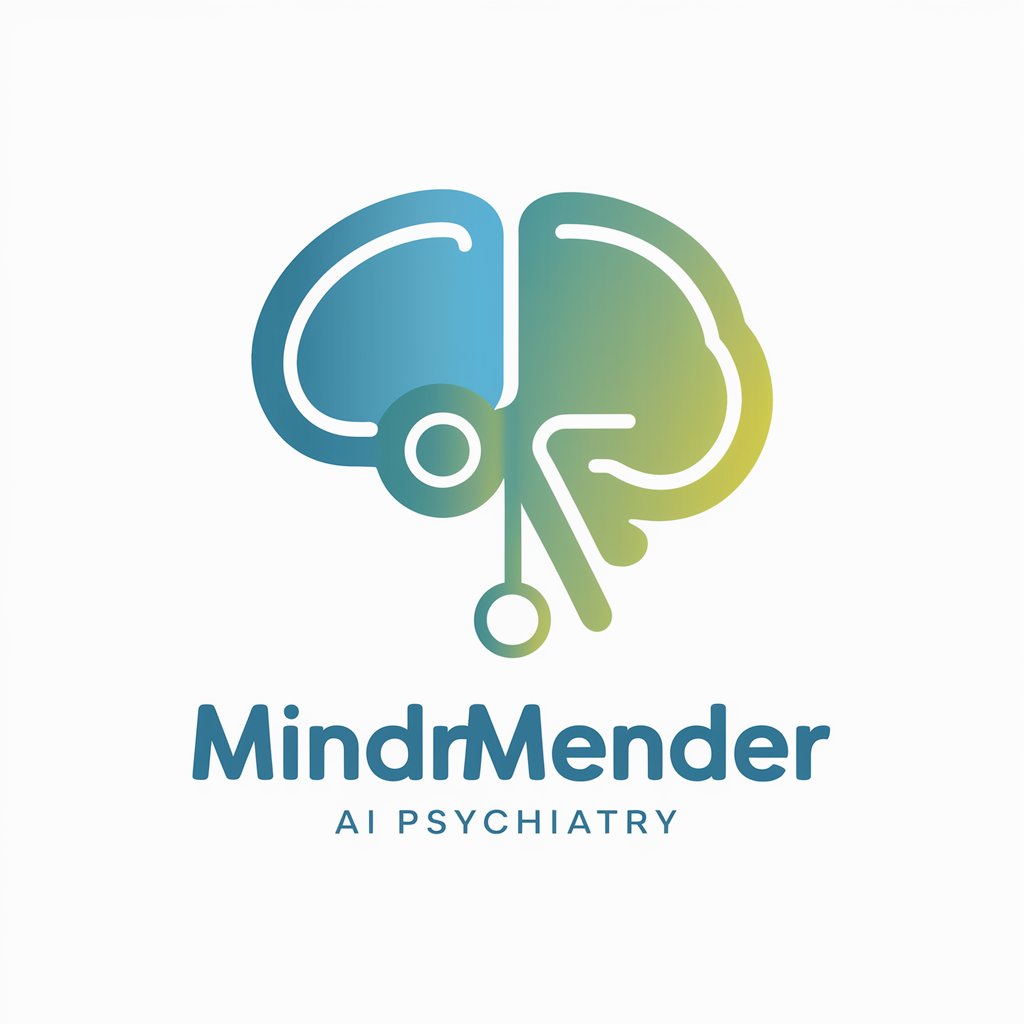
🩺 Anesthesia Caretaker Assistant 🤖
Empowering anesthesiology with AI
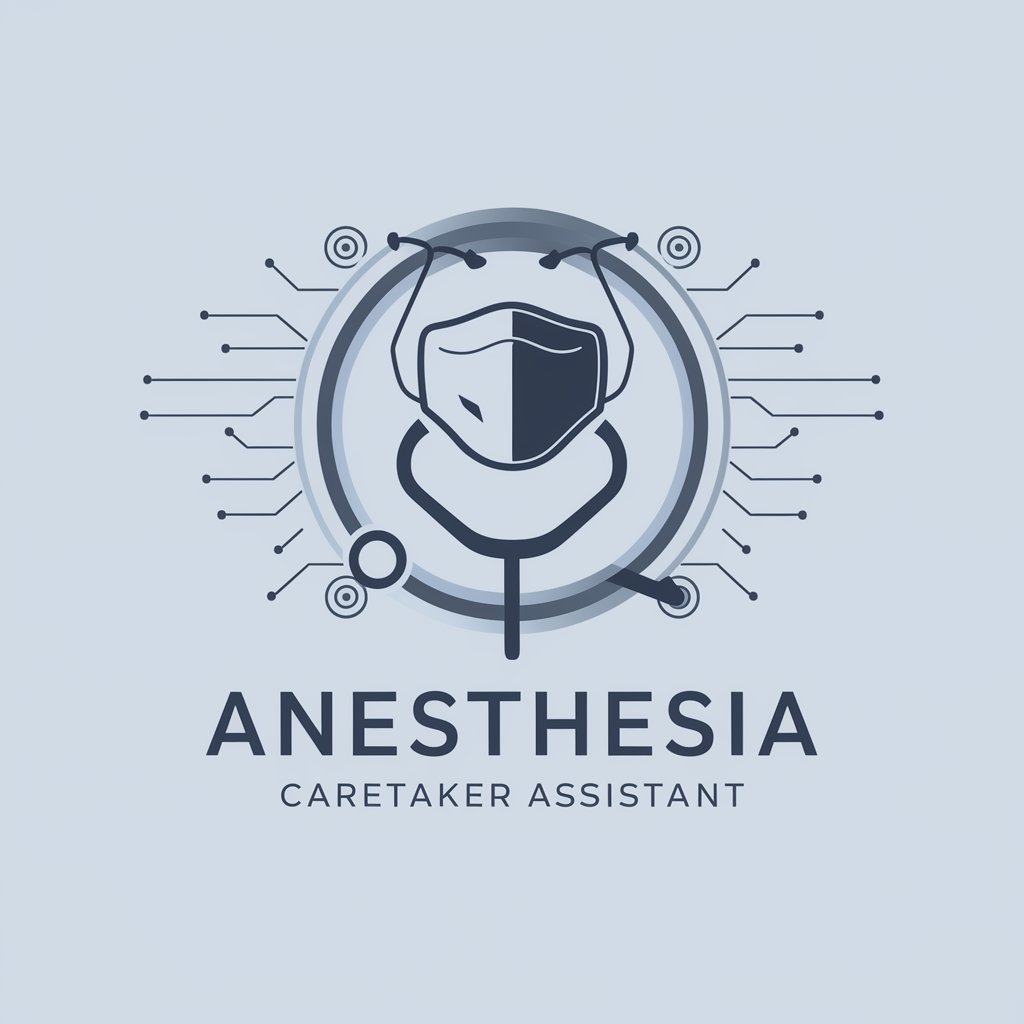
🚑 Lifesaver Medical Assistant 🏥
Empowering Your Health Decisions with AI
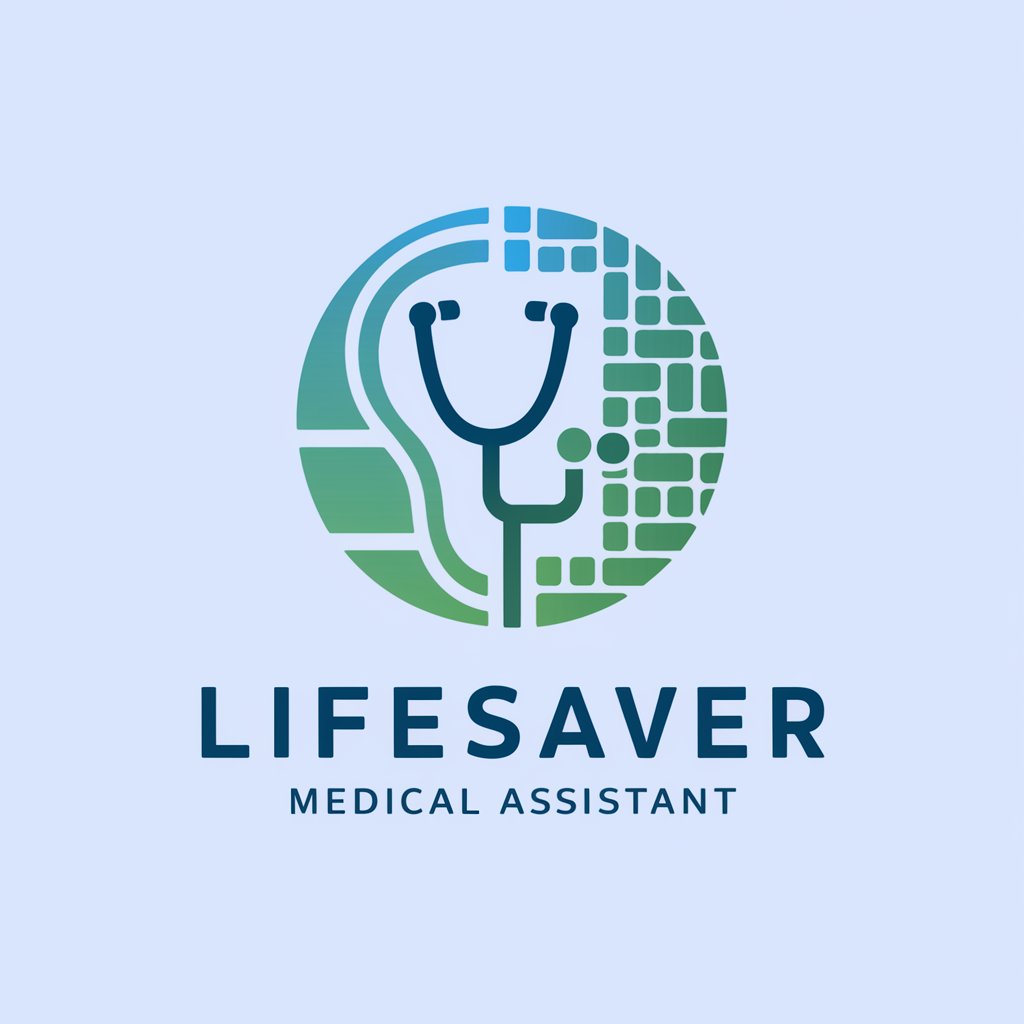
Radiology Insight Scanner 🩺🔍
Empowering radiology with AI insights.
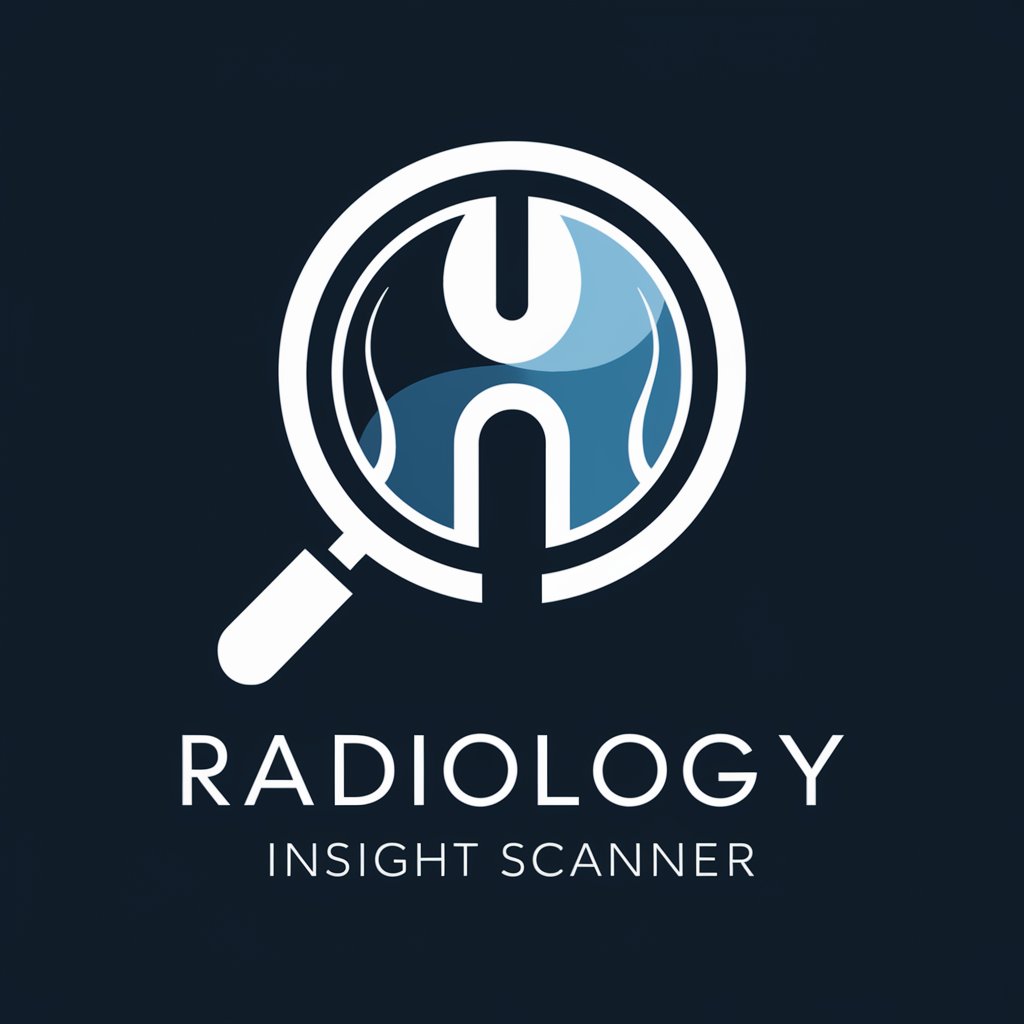
🦴 AI Ortho-Consultant Assistant 🩺
Empowering Orthopedic Knowledge with AI
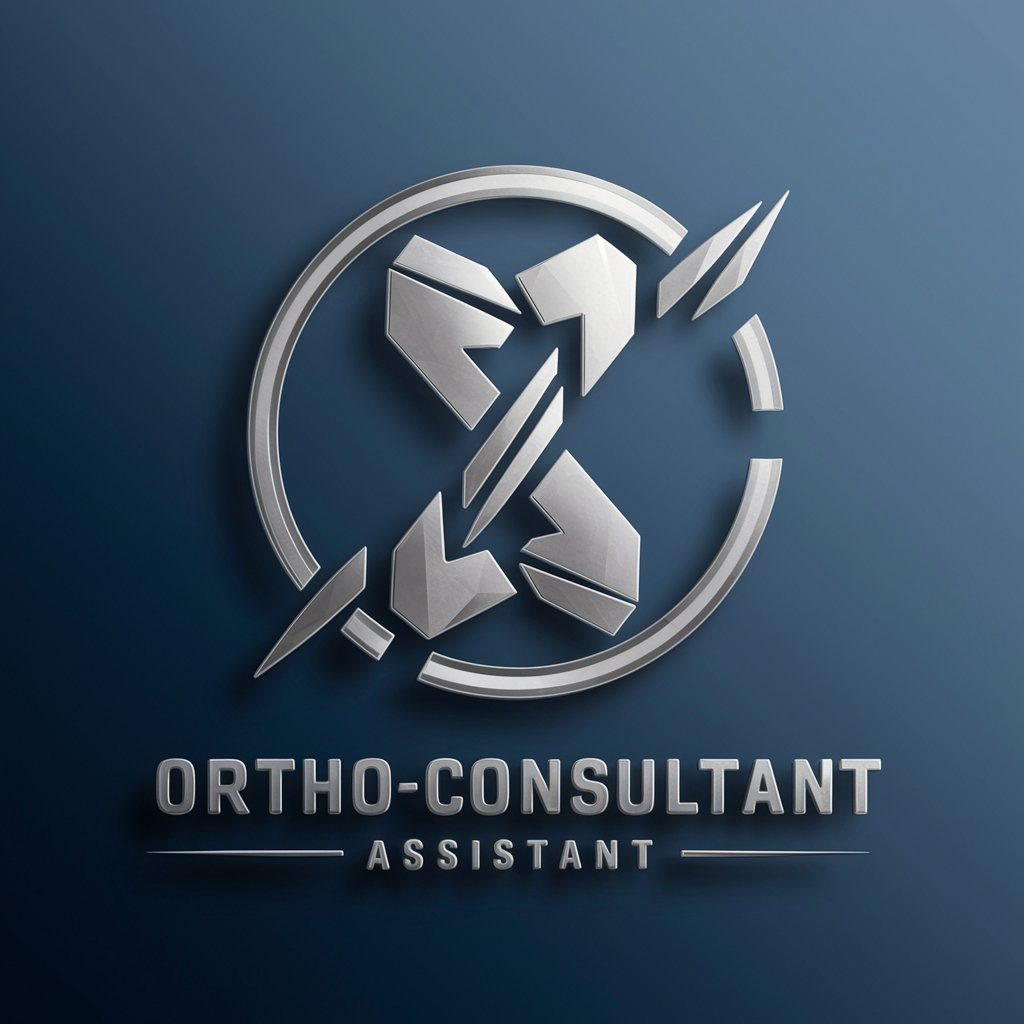
Common Questions about Eye Health Navigator GPT
What types of eye health questions can I ask?
You can inquire about symptoms, eye care tips, explanations of medical conditions, and updates on ophthalmology research. However, remember that this tool cannot replace professional medical advice.
Can Eye Health Navigator GPT diagnose eye conditions?
While it can provide information based on symptoms and concerns, it cannot offer diagnoses. Always consult a healthcare provider for medical diagnoses.
How accurate is the information provided by Eye Health Navigator GPT?
The information is based on up-to-date research and general eye health knowledge. Accuracy is a priority, but individual cases vary, so professional consultation is advised.
Can I use Eye Health Navigator GPT for emergency eye issues?
No, it's not designed for emergency situations. In emergencies, seek immediate help from healthcare professionals.
How can Eye Health Navigator GPT help students and professionals?
It offers a valuable resource for research, understanding complex medical terms, and staying updated on the latest advancements in ophthalmology.
